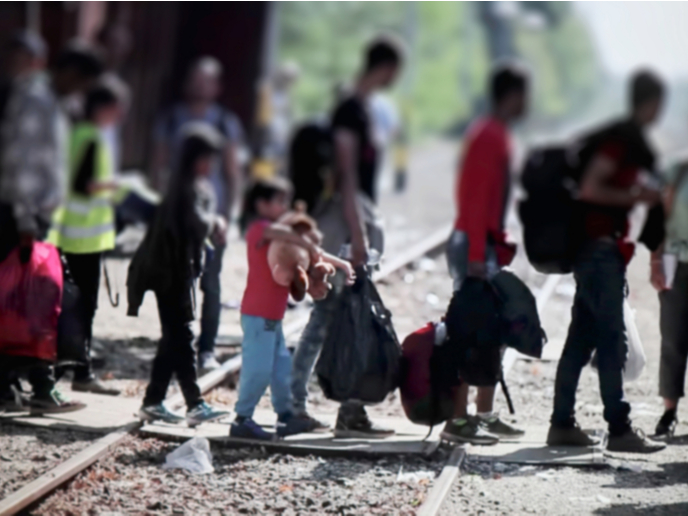Shedding light on cross-border displacement
The number of people compelled to flee their homes because of conflict or mass disasters such as floods and earthquakes has almost doubled over the last 10 years. Of these displaced individuals, approximately 40 % have been forced to cross borders in search of refuge. While some EU countries have played an important role in granting asylum and helping people resettle, the truth is that the EU and developed countries host a very small share. In fact, an estimated 73 % of refugees or asylum seekers settle in neighbouring countries that are usually developing countries with limited resources, have conflicts and generalised violence, and are politically unstable. To gain a better understanding of cross-border displacement, researchers from the Centre for European Policy Studies, Belgium, analysed the duration from events possibly bringing about displacement to migration into the neighbouring country. Supported by the EU-funded ITFLOWS project, their work sheds light on which and how many time lags of conflict and mass disasters in countries of origin are significant in explaining the changes in forced migrations of people to neighbouring countries. As noted in the researchers’ report(opens in new window), the evidence gathered will make it possible “to provide early warnings and support to neighbouring countries and humanitarian organisations” and consequently to plan the allocation of resources to refugee camps. It will also help to predict “possible developments in mixed-migration flows to the EU, as neighbouring host countries often represent the starting points of journeys along the migration routes.” For their analysis, the research team conducted monthly observations of seven countries of origin and 21 neighbouring countries. The countries of origin studied were Burundi, Central African Republic, Democratic Republic of the Congo, Nigeria, Somalia, South Sudan and Syria.
Conflicts are the bigger problem
The results of the analysis suggest that conflicts can have a long-lasting impact on displacement, with significant effects noted 5 months after the conflict has taken place. “Moreover, the response of cross-border displacement to conflict is hump-shaped, with the largest effect found one month after the event,” the report states. “The results for mass disasters are more mixed: although estimated coefficients are larger than those for conflict, the only positive and significant (at the 10% level) effects are found one and four months after the event.” Overall, the findings show that conflict has a stronger impact on displacement into neighbouring countries compared to mass disasters. In addition, “the effects of conflict are persistent and can last for several months after the occurrence of the events themselves,” the report informs. “However, it is important to keep in mind that mass disasters are considerably less frequent than conflict events, but are found to have a larger impact when coefficients are significant. Finally, disasters can also be the cause of escalating tensions and conflicts within countries characterised by precarious stability and, therefore, indirectly cause displacement into neighbouring countries.” ITFLOWS (IT tools and methods for managing migration FLOWS) is working to provide accurate predictions and adequate management solutions of migration flows in the EU. It aims to achieve this through its EUMigraTool(opens in new window), a solution-oriented tool for predicting migration flows and detecting risks of tensions related to migration. For more information, please see: ITFLOWS project website(opens in new window)



